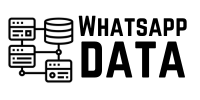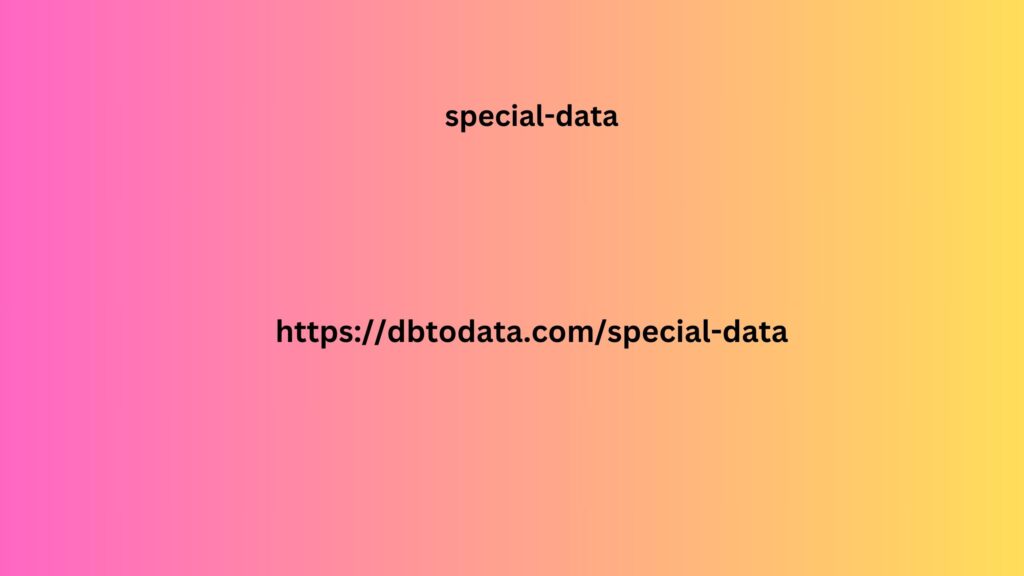that will interest your target group. This can include photos, videos, infographics, polls, stories and more. Consistency and regularity: Consistency Publish diverse and in posting content and posting regularly helps build trust and expectations with your audience. Create a regular posting schedule so your followers know when to expect new content. Interaction with the audience: Social networks are two-way communication, so it is important that you actively interact with your audience. Respond to comments, ask questions, run quizzes and polls to drive engagement and build a community of loyal followers. Analytics Tracking: Tracking profile analytics helps you understand what works best with your audience.
This includes information about
engagement, reach, audience demographics and more. Based on this data, you can adjust your strategy and make informed decisions. Use of advertising: Social networks offer various advertising options to increase the visibility and reach loan database of your content. Explore the advertising options on the platform you use and target the audience most relevant to your brand. Competitor Monitoring: Monitor your competitors’ social media activity to learn about new trends, strategies and content that is performing well. It can serve as inspiration for your own strategy. Maintaining a profile on social networks requires careful planning, consistency and interaction with the audience.
Creating authentic and relevant content
setting goals, tracking analytics, and using advertising are key elements that will help you achieve success and build a loyal following on social media. When you enter a website address in your browser or click on a website or social network link , the desired website usually loads on your device without any problems. 7 most common errors on the website and what they mean errors on the website Occasionally, though, something goes wrong and you get an error on your browser page. There are many different types of website errors, each assigned a three-digit HTTP status code. The error codes you’re most likely to see are those in the 400-499 range, which indicates a user-side error, and those in the 500-599 range, which means there’s a problem with the server where the site is hosted.
Here are the most common website
errors you may encounter while surfing the Internet and what they mean. Error 400: Bad request 400 is a generic error you get when the server can’t understand the request from the browser, either because it wasn’t sent correctly or because it encountered an error while loading. Error 400 can be caused by a number of factors, including a poor Internet connection, a caching (cache) problem, or a broken browser. Check your internet connection and settings, clear your cache, open a different browser and try again. Error 401: Authorization Required A 401 error appears when you try to access a website that requires a password.
There is no workaround for this
other than getting the password through proper channels. Error 403: Forbidden When you try to load a site that you don’t have permission to access, you will get a 403 error. Usually, getting this error means that you entered a URL or clicked on a link the seller can use light sarcasm that takes you to a page that has been set up with access permissions. This means that you must have an account or some other type of authorization to access the page. Try to go to the home page of the website and navigate to the desired location from there, check if the application form is one of the possible options.
Error 404: Page not found
A 404 error indicates that the server cannot find the page you are requesting. With this error, it’s likely that the URL was entered incorrectly, so double-check the spelling, punctuation, and suffix (.com, .net, .org, etc.) in the domain name cz lists and try again. Error 405: Method Not Allowed The 405 error is less common and less easily defined than some of the others. Basically, a 405 error means that the server understands what the web browser is asking for,

